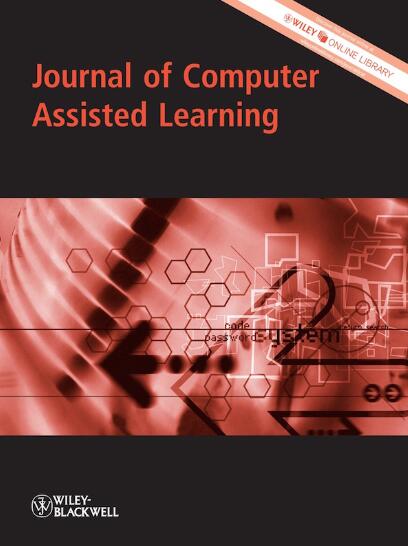Online videos featuring human-generated drawing are increasingly popular in education. However, their effectiveness may vary depending on learners' prior knowledge, and further research is needed to confirm their advantages over other common instructional videos.
The primary goal of this study is to investigate the impact of instructional video formats on learners' outcomes and experiences, and to further explore the interaction between video formats and prior knowledge.
In a 2 × 3 between-subjects design, 144 college students were divided into two groups based on their (high vs. low) prior knowledge levels and then randomly assigned to different video format conditions. Students listened to oral explanations from the instructor while viewing either dynamic instructor hand-drawn diagrams (instructor-generated visuals), dynamic PowerPoint diagrams (PPT visuals), or static diagrams identical to the PPT visuals (static visuals). Finally, we measured learners' outcomes (i.e., retention and transfer scores) and experiences (i.e., emotion and cognitive load).
Viewing dynamic visuals have a significant facilitating effect on learning compared to static visuals. Moreover, the expertise reversal effect was confirmed. Specifically, for learners with low prior knowledge, the retention test scores and learning experiences of students viewing instructor-generated dynamic visuals outperformed those viewing dynamic PPT visuals and static visuals. For learners with high levels of prior knowledge, no significant differences are observed between the groups. Finally, we found that students' emotional experiences significantly mediated the relationship between instructor-generated visuals and learning outcomes.
These results indicate that the choice of instructional videos should align with learners' prior knowledge and emphasises the importance of learning experiences.


